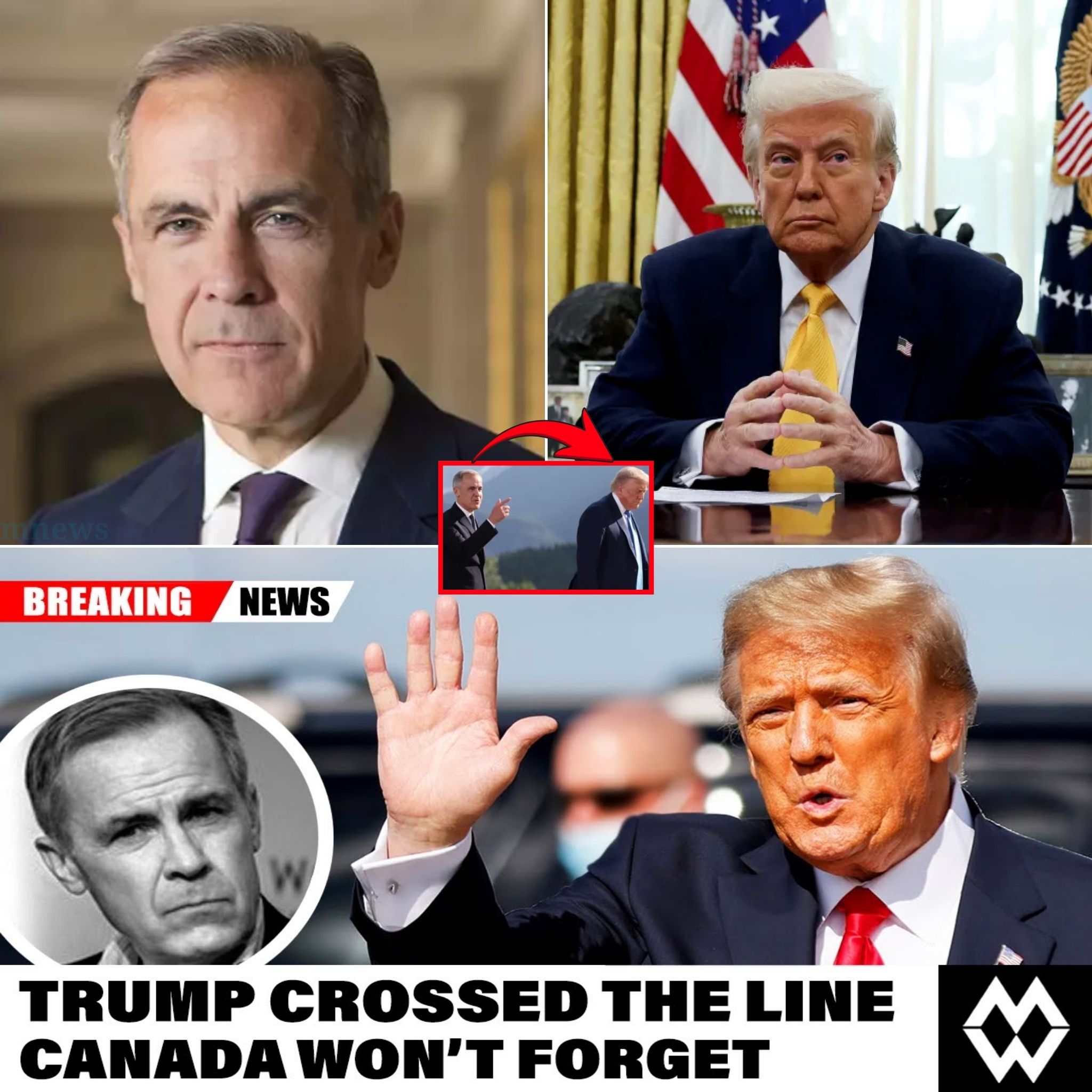In a dramatic turn of events, President Donald Trump has abruptly halted trade negotiations with Canada, escalating tensions between the two nations just as he embarked on a high-profile tour of Asia. The decision follows the release of an anti-tariff ad by Ontario Premier Doug Ford, which utilized the words of former President Ronald Reagan to criticize Trump’s trade policies. As Trump showcased his showmanship by dancing with Malaysian performers at the ASEAN summit, the backdrop of his visit was marred by growing trade disputes with Canada.

The announcement came swiftly, with Trump declaring an additional 10% tariff on Canadian imports, a move that has left Canadian officials, including Prime Minister Mark Carney, scrambling to respond. Carney, who was present in Kuala Lumpur for the summit, emphasized Canada’s readiness to engage in discussions when the U.S. is prepared to do so, despite the palpable frustration over Trump’s aggressive trade rhetoric.
In a press conference, Carney attempted to shift focus from the contentious U.S.-Canada relationship to Canada’s broader trade agenda, highlighting the need for diversification away from a single dominant trading partner. “We stand ready to sit down with the United States,” Carney asserted, underscoring Canada’s ambition to double non-U.S. exports over the next decade.
The contrast between Trump’s theatrical entrance and Carney’s calm diplomacy illustrates the divergent strategies at play in international trade. While Trump’s antics may serve to rally his domestic base, they simultaneously raise questions about the stability of U.S.-Canada relations. The ASEAN summit, intended as an opportunity for collaboration, has instead become a stage for the unfolding trade war, with Carney navigating the storm clouds of U.S. tariffs.

Ford’s provocative stance on the tariffs, arguing that they harm Americans as much as Canadians, reflects a growing frustration among Canadian leaders. His comments highlight the potential domestic backlash against protectionist policies, even as he acknowledges the need for creative messaging to capture public attention.
As the summit progresses, the question remains whether Trump and Carney will engage in meaningful dialogue or if the specter of tariffs will overshadow their interactions. The optics of their potential meeting, coupled with the escalating trade tensions, signal a critical moment in U.S.-Canada relations.
In conclusion, the interplay between Trump’s flamboyant approach and Carney’s measured response underscores a fundamental shift in trade diplomacy, where spectacle and messaging are as crucial as the negotiations themselves. The real test will be whether this tumultuous period leads to durable partnerships or entrenched trade friction, leaving both nations to navigate the complexities of their intertwined economies.





